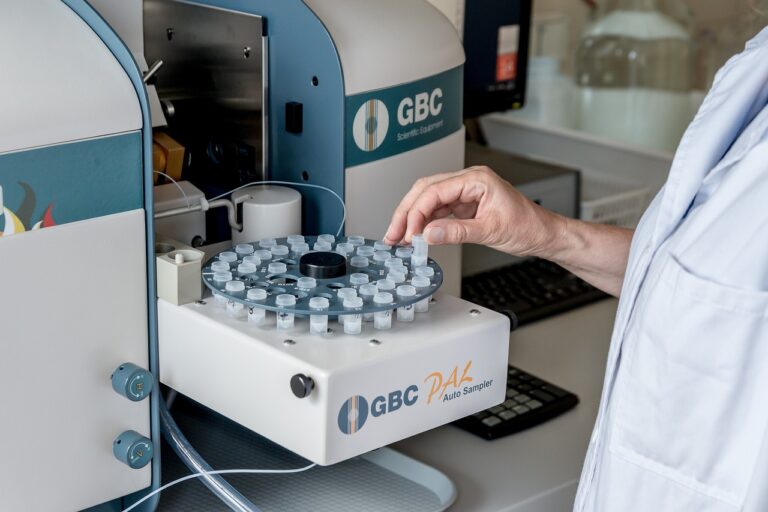Exploring the Potential of Psychedelic-Assisted Therapy in Mental Health Treatment
Psychedelic-assisted therapy has a long and colorful history, dating back to ancient civilizations where plant-based psychedelics were used in healing rituals and spiritual practices. In the mid-20th century, researchers such as Stanislav Grof and Humphry Osmond explored the therapeutic potential of psychedelics like LSD and psilocybin, leading to the development of psychedelic-assisted therapy techniques.
However, the widespread recreational use and subsequent criminalization of psychedelics in the late 1960s halted much of the research progress in this field. It was not until recent decades that a resurgence of interest in psychedelic-assisted therapy emerged, driven by promising clinical trials demonstrating the efficacy of psychedelics in treating various mental health conditions.
Current Research on Psychedelic-Assisted Therapy for Mental Health
Recent studies have shown promising results in the use of psychedelic-assisted therapy for mental health conditions. Research suggests that psychedelic substances such as MDMA and psilocybin, when combined with therapy, can effectively treat conditions like PTSD, depression, and anxiety. Studies have highlighted the potential of these substances to facilitate emotional breakthroughs and promote long-lasting positive changes in mental health.
Furthermore, ongoing research is exploring the mechanisms through which psychedelic-assisted therapy works in the brain. Neuroimaging studies have revealed how these substances can alter brain connectivity and reduce activity in certain regions associated with conditions like depression. Understanding these neurobiological changes is crucial for refining the therapeutic use of psychedelics and maximizing their benefits for individuals struggling with mental health disorders.
What is psychedelic-assisted therapy?
Psychedelic-assisted therapy involves the use of psychedelics, such as psilocybin or MDM
What is the history of psychedelic-assisted therapy?
Psychedelic-assisted therapy has been used for centuries in traditional healing practices. In the 1950s and 1960s, research into the therapeutic potential of psychedelics was conducted, but was halted due to regulatory restrictions.
What does current research say about psychedelic-assisted therapy for mental health?
Current research on psychedelic-assisted therapy suggests that it may be effective in treating conditions such as depression, PTSD, and anxiety. Studies have shown promising results in terms of symptom relief and long-term psychological growth.
Are there any risks associated with psychedelic-assisted therapy?
While psychedelic-assisted therapy shows promise, it is important to note that there are potential risks involved, such as adverse reactions to the drugs, and the need for a controlled and supportive environment during treatment.
Is psychedelic-assisted therapy legal?
The legal status of psychedelic-assisted therapy varies by country and jurisdiction. In some places, the use of psychedelics in therapy is still considered illegal, while in others, there are ongoing clinical trials and efforts to legalize their use for therapeutic purposes.







